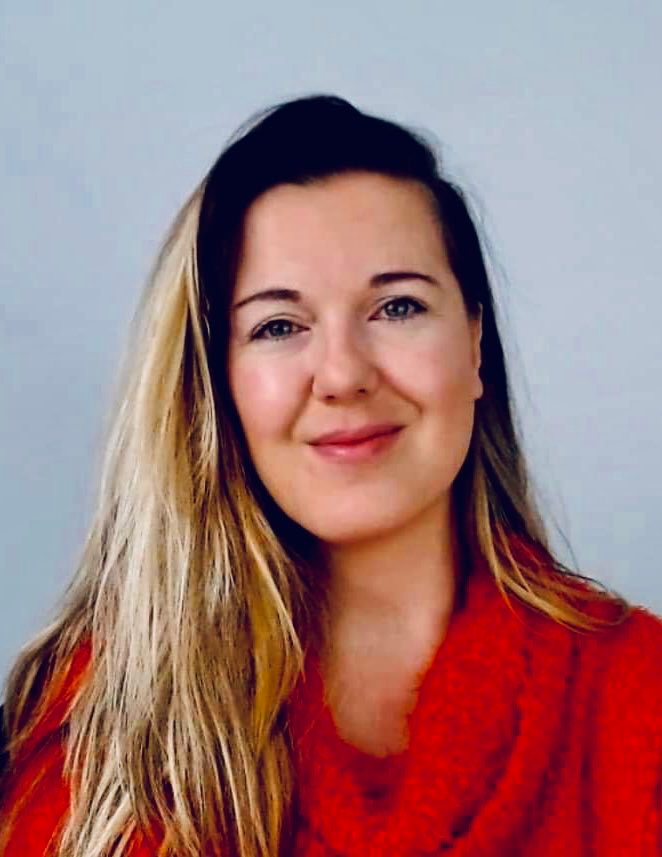Introduction(s)
Katerina Roumelioti is a DELTA Module 2 candidate at a centre where I am currently completing my trainer training. Something I didn’t know about her is that, in addition to being a great teacher, she is also a photographer. On January 14th, Katerina delivered an ‘inspire session’ at the YLTSIG 2023 Web Conference Better Together. She spoke about photography and prompted us to make connections between photography and teaching. In this post, I will share my takeaways from this wonderful and thought-provoking session.
Summary and takeaways
Katerina started by saying that photography’s been around for 200 years. Since then it’s been used for various purposes and in several industries, such as fashion, journalism, social commentaries but most importantly to create memories. A photographer wants to tell us something, to send us a message through their perspective. Sometimes the photographer is invisible as it’s the camera that is the protagonist.
Katerina showed us a range of powerful photographs, taken by her favourite artists. She also analysed them for us, for which I’m grateful. And thus began a wonderful journey of analogies and metaphors.

- Photographers look for two elements: form and content. Looking at the two pictures below, which one says content, and which one says form to you? Arguably, the first one has a clear and powerful message whereas the second is more about shapes. Depending on your personality, you might find one of the two more appealing.

Teachers also have a responsibility to ‘focus’ on:
- form, which means responding to the accuracy of the language that students are producing.
- content, which means responding to the message of what the student is trying to communicate to us.
Depending on your teaching persona, you may feel more inclined to focus on either form or content.
Food for thought: Perhaps focusing on form is the ‘technical’ side of the teacher and photographer, whereas focusing on content reveals the ‘human’ side. Therefore, as Katerina noted, both teachers and photographers should aim for striking a balance between the two.
2. In this captivating photo of an empty room, we can feel people’s presence even though they’re absent. We can sense they’ve been there through the used furniture and folded towels. Despite that visible absence, the presence is intense.

Food for thought: This reminds me of how teachers sometimes ‘disappear’. Some of us don’t like to be the ‘focus’ of attention. We monitor, we stand behind students, encouraging them to take center stage. But even when we disappear, we are always there to support them. And they know that. They feel it.
3. Street photography. Healthy, young women walking. A man in a wheelchair. A little boy observing, looking at this theater of the absurd. A tilted yet perfectly balanced photo. They’re all connected. They’re all part of this scene, this moment, this world.

Food for thought: Be the little boy. Observe. Let things happen. Connect with students. Be real. Stop worrying about the ‘perfect lesson’. Be present. Look around you. And most importantly, don’t fly with the fastest. Connect with everyone in the room.
4. Here are some photos with vintage charm that have been rejected for being mundane.

Food for thought: Certain techniques, such as dictation and drills tend to be wrongly criticized, even though they have amazing potential. They’re considered outdated. We tend to become obsessed with trends and technology. Perhaps we should be more open-minded and less dogmatic?
5. Photos of the same building through the years until its demolition.

Food for thought: When I look at these powerful photos, I remember the words of the great Greek writer Kazantzakis: “True teachers are those who use themselves as bridges over which they invite their students to cross; then, having facilitated their crossing, joyfully collapse, encouraging them to create their own.”
Mundane

As Katerina became a teacher, her love for teaching grew so much that she had little time for photography. However, for Katerina, photography is a meditative and valuable process. She has even held her own photo exhibition, showcasing photos of her childhood memories. She describes these photos as ‘mundane’, but explains that mundane can be good, and she emphasizes this when teaching her students.
There is a way
Katerina has found a way to bring her passion for photography into the classroom by teaching photography lessons. Here is how she does it and how you can do it, too.
- Display some photographs in the room, like a gallery walk.
- Students walk around and look at the photographs.
- Ask students what they liked or didn’t like about them. Ask them to draw comparisons.
- Talk about the photographers, their background, and their style.
- Provide functional language for describing or contrasting photos.
Katerina also encourages her students to take photographs, not just selfies, which I think is great advice. We all know how teenagers tend to be a little narcissistic, so Katerina wisely encourages them to move away from themselves with this activity. She encourages them to take mundane photos as well, to see how the camera can transform what is around them. Here are some of the photographs they took:

My ‘mundane’ photo
After attending this session, I searched my phone only to discover that I also enjoy taking the occasional mundane photo. Here is the last one I took of the environment around me, when travelling from Frankfurt to Stuttgart.

What about you?
What is your passion other than teaching? Do you talk to your students about it?
Do you have any ‘mundane’ photos to share?

